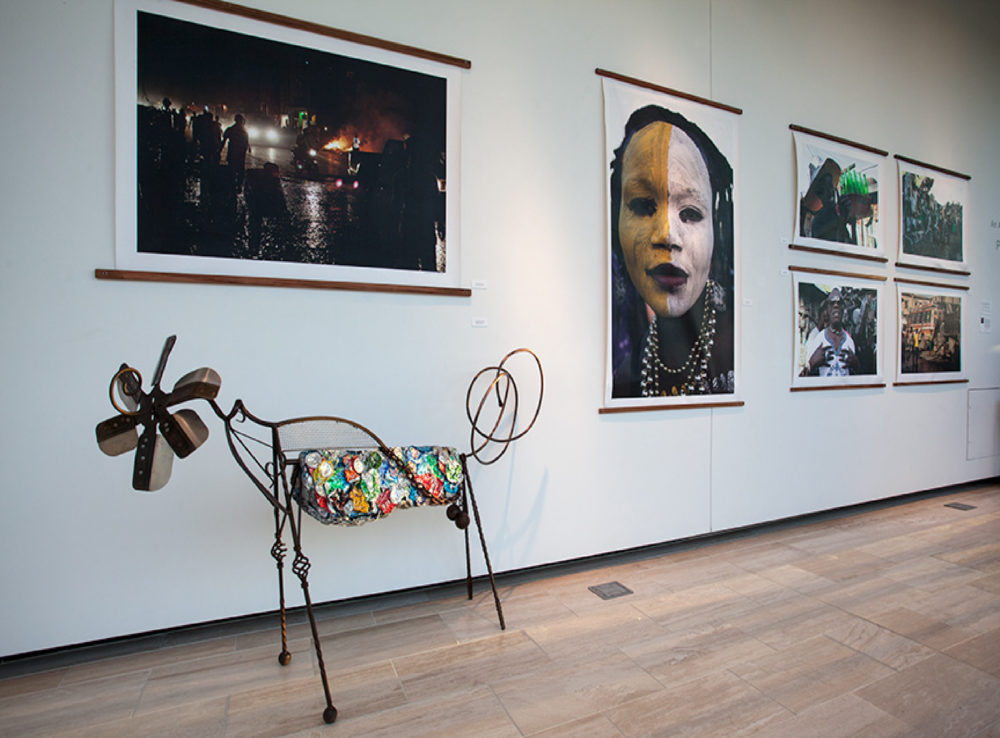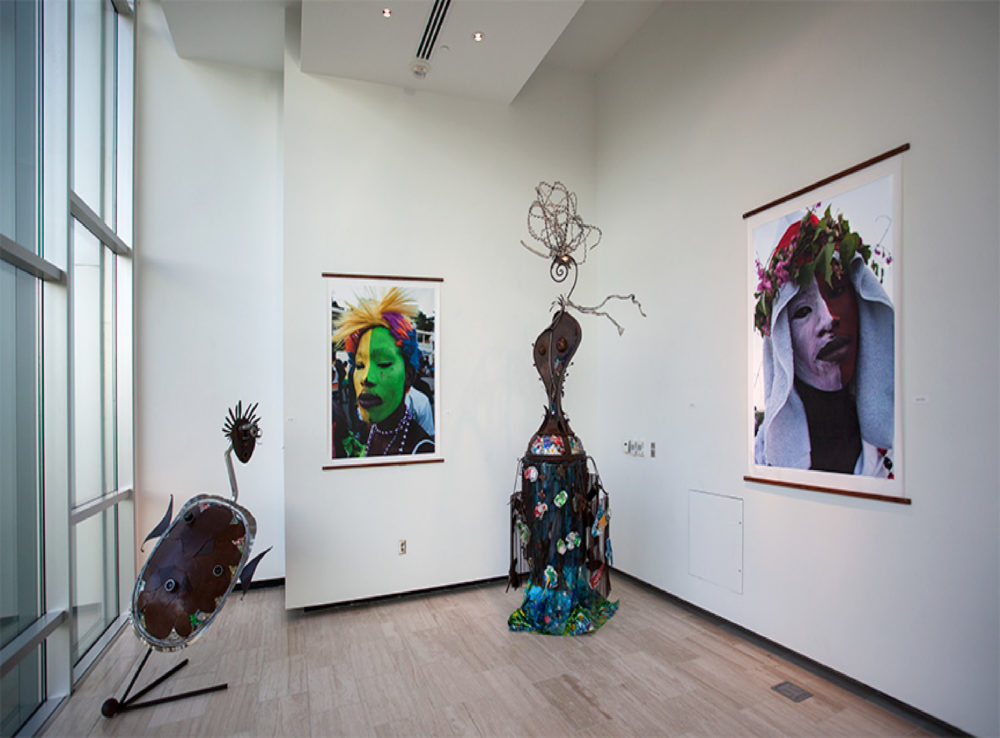Universities or cultural institutions wishingto buy/screen Out of Chaos, An Artist's Journey in Haiti
Out of Chaos, An Artist’s Journey in Haiti is a multimedia project by artist Pascal Giacomini. It includes a 60-minute documentary film (French and English versions available); and an exhibition of sculpture and photography, with accompanying 90-page catalog.
Watch Out of Chaos Trailer
 The film, Out of Chaos, An Artist’s Journey in Haiti, starts with Pascal Giacomini participating in the 2nd Ghetto Biennale of Port-Au-Prince, Haiti, where, working in the same conditions as local and visiting artists, he creates three large-scale sculptures from scavenged materials. As he works, he documents the process.
The film, Out of Chaos, An Artist’s Journey in Haiti, starts with Pascal Giacomini participating in the 2nd Ghetto Biennale of Port-Au-Prince, Haiti, where, working in the same conditions as local and visiting artists, he creates three large-scale sculptures from scavenged materials. As he works, he documents the process.
Out of Chaos is a film about art made by an artist. It is also an artists’ film. Interwoven with photography, local music, and lots and lots of art, it delves into Haitian history through the paintings of the island’s celebrated artists. Viewers are guided through life in the Grand Rue ghetto (slum in Haitian Creole), its incredible art and art’s dominant place in Haitian culture.

The audience also gets to witness a substantial Vodou ceremony, significant to Haiti’s revolutionary past, and recreated annually in dazzling color, pomp, and circumstance.
In the film, Pascal elicits observations and wisdom from World expert on Vodou Donald J. Cosentino, as wells as Haitian author and McArthur Fellow Edwidge Danticat, who supplies a glimpse into one of the reasons behind the world’s ongoing fascination with Haiti. “We’re considered the nomads in our part of the world. We’re not necessarily wanted, but our art is wanted,” she says.
The film’s finale projects the exuberance of Haiti’s artistic preeminence through the Cap Haitian annual carnival, which Pascal is fortunate to attend before flying back home to California, where Haiti remains in his heart.
As the credits roll, a series of post-Grand Rue sculptures made in the artist’s studio in Los Angeles illustrates the impact of the experience on Pascal’s creative process. Titled Marie-Antoinette and her Flock, these works are his way of incorporating the legacy of the French and Haitian revolutions into his work, allowing the beheaded queen a rebirth from a post-colonial slum.
